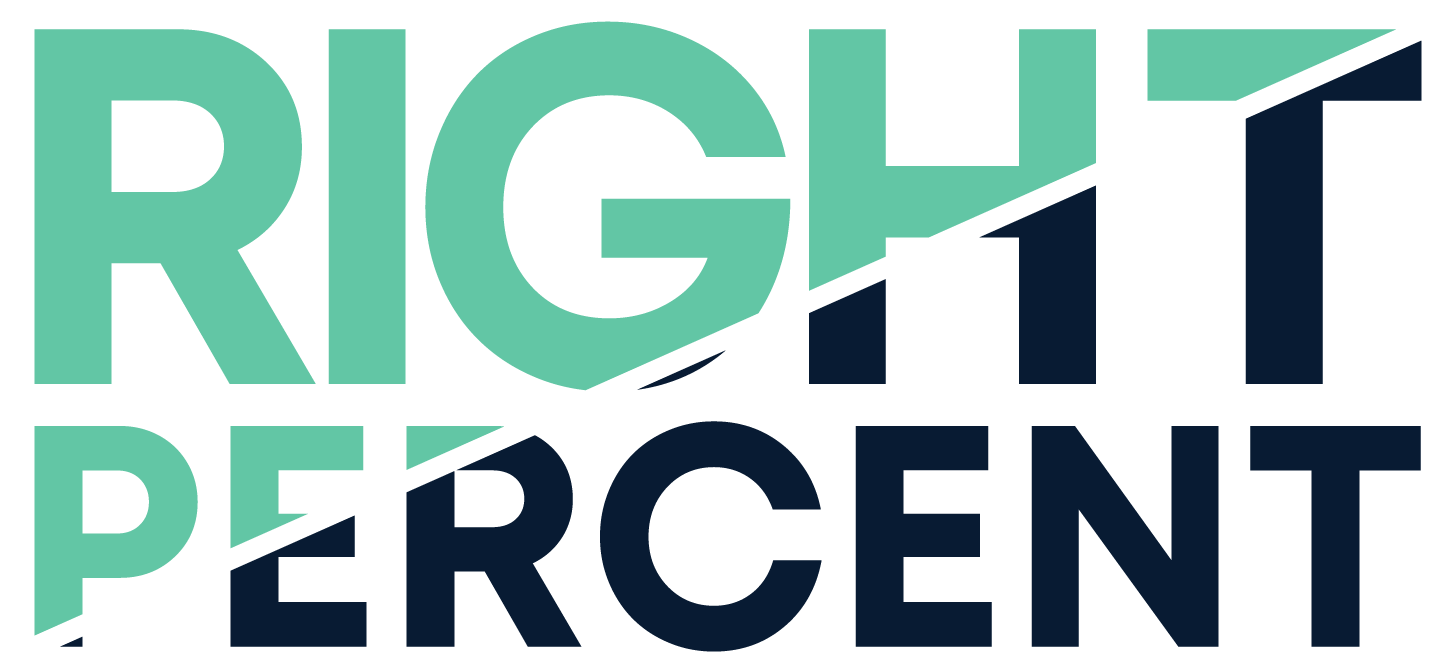How to Run International B2B
This article is written for marketers planning on expanding their ad campaigns internationally. We want to answer this - how do B2B companies successfully scale internationally?
When should companies scale internationally?
The decision to scale internationally is a strategic one that should be made at the company level and depends on many factors. However, the case for when to run international B2B advertising is clearer.
You should expand your ads internally if:
If you’re already running a successful ad campaign in your local market. It is easier to make a US-only B2B ad campaign drive results than it is to make an international campaign drive results, and US or EU-wide campaigns are also more scalable. You should only expand internationally once you’ve grabbed low-hanging fruit in the US or your local market.
a.) For instance, Canada and Australia each have about 10% of the US population. Thus, if you have a US ad campaign spending $100,000 monthly with a good ROI, you can generally expect your Canadian and Australian campaigns to settle at around $10,000 in monthly ad spend each once mature.
If you have a way to convert those leads - this may be a local sales team or for PLG companies, an onboarding flow that works for each country you serve ads in.
What tactics should companies use when expanding internationally?
In this section, we’ll show you the “best practice” way to methodically grow marginal pipeline volume internationally while controlling the costs and “lumpiness” that come with adding new markets.
Generally, you want simplicity and to take advantage of how the platforms do targeting.
In general, one of the biggest issues in B2B advertising is sample sizes. As a rule of thumb, one needs 30 conversion events per week per ad-set to run effective B2B Facebook and Search campaigns. Conversion events can be anything from MQL to opportunities.
When you’re entering a new target market, it’s very common for the new market to be too small to have an effective amount of conversions. I.E., You start new Australian campaigns and find that you can’t scale past ten (10) conversions a week, so your campaigns never really get algorithmically effective.
Instead, we recommend consolidating international expansion into your existing campaigns.
Example 1: In other words, for the above Australian expansion, just add “Australia” to the targeting parameters of your US campaign. Each ad platform has different ways to achieve this.
Example 2: If you want to expand into Europe or other parts of the globe with many different small markets, run a campaign targeting many countries at once - don’t start with one in particular.
Common concerns about international consolidation:
1. Languages - On Facebook and Search, you can dynamically serve languages and ads based on region - you don’t have to make separate campaigns. Example: We’ve previously launched successful intra-USA campaigns where we dynamically served ads in Spanish to users with Spanish-language browsers.
a.) Also, English is the international language of corporate business. We find B2B ads serving in Germany and the Netherlands do just as well in English as language localized.
b.) You can translate very quickly, accurately, and cheaply with new AI tools like OpenAI’s GPT4.
2. Landing Page Experience - You’ll need a way to route international leads to the right on-site experiences and sales teams. This is solvable even with a consolidated structure. While keeping the campaign consolidated, you can have separate ad-sets within a campaign serve users to different landing page experiences based on geography.
a.) Alternatively, you can have a given landing page dynamically change based on user region. Many landing page tools offer this functionality.
So that’s how the ideal set-up of an international expansion treats it as a methodical way to expand marginal pipeline volume while keeping costs as low as possible.
Frequently Asked Questions
Does this strategy change if you’re running brand campaigns with no conversion events?
a.) Yes. Here’s a full run-through on how brand campaign strategy works. Most of this applies to international expansion. You still need to make sure you use appropriate sample sizes.
If you’re expanding into a large number of new countries with brand campaigns, we recommend not serving ads to half the planned new geos at random to try to measure brand lift from your campaigns.
2. How do you deal with EU privacy regulations with EU expansion?
a.) It’s not ideal. There’s no way around working with a lawyer specializing in EU data law to determine what’s best for your business.
b.) That said, we have found that Native Lead Ads - where Linkedin, Facebook, or Google collect leads directly on the platform and send it to your CRM, and the user never leaves the platform - solves a lot of problems.
1 There’s no pixel tracking to worry about. Attribution is as close to perfect as possible.
The ad platforms collect the lead data, not your team, and they’ve likely already done all the legal work to make sure its safe with regulators.
c.) It’s still very possible to expand profitably into Europe.
3. What do costs look like when advertising in non-Western countries?
a.) Ad costs are determined by auction and generally follow disposable income by country, so ads are much cheaper in less developed countries. CPC in India is 100x lower than the US.
b.) That said, there are also much fewer actual purchases, and local options are likely cheaper than your product.
4. What channels should we use?
a.) Facebook, LinkedIn and Google are really the best worldwide. There’s not another amazing ad platform with equivalent reach for international. There are somecountry specific exceptions - Rakuten for Japan, Naver for Korea, etc.

